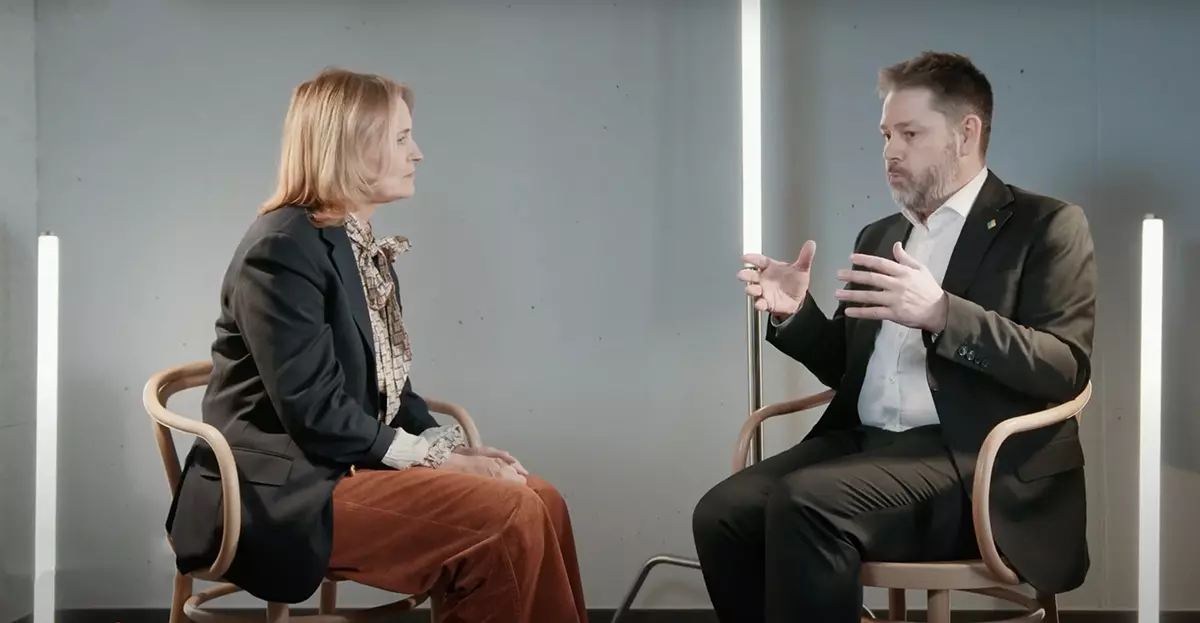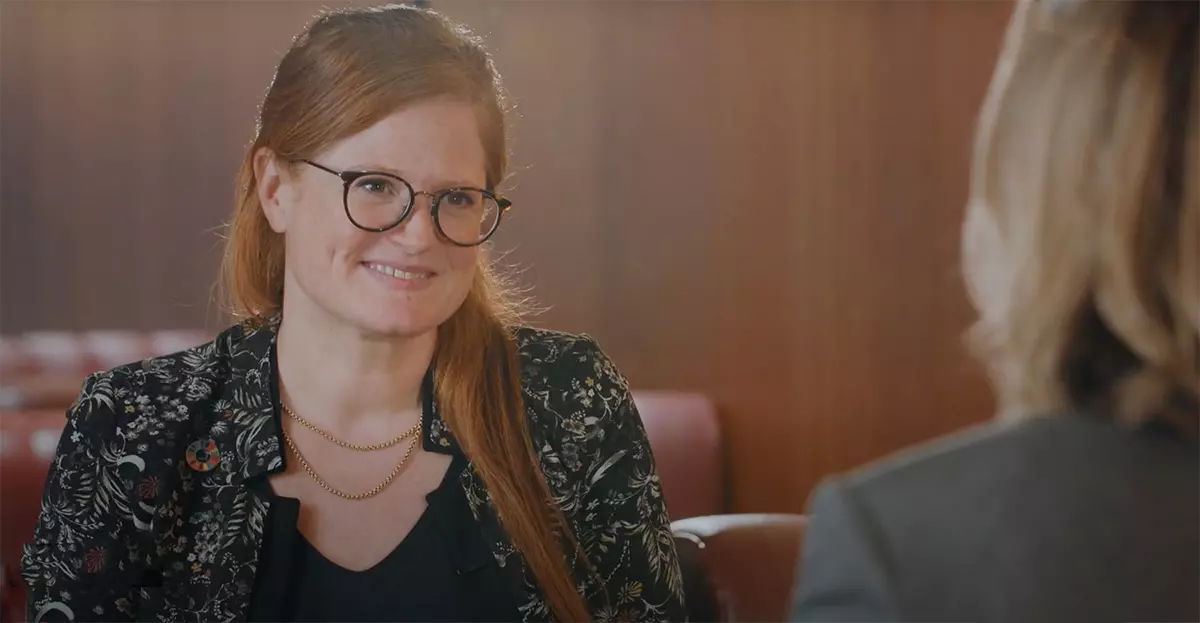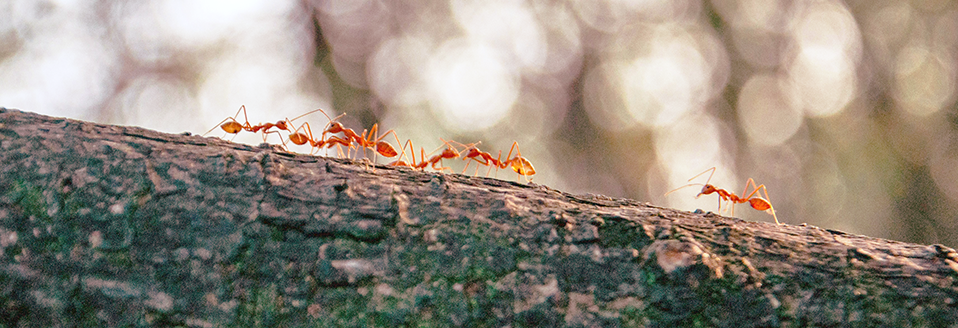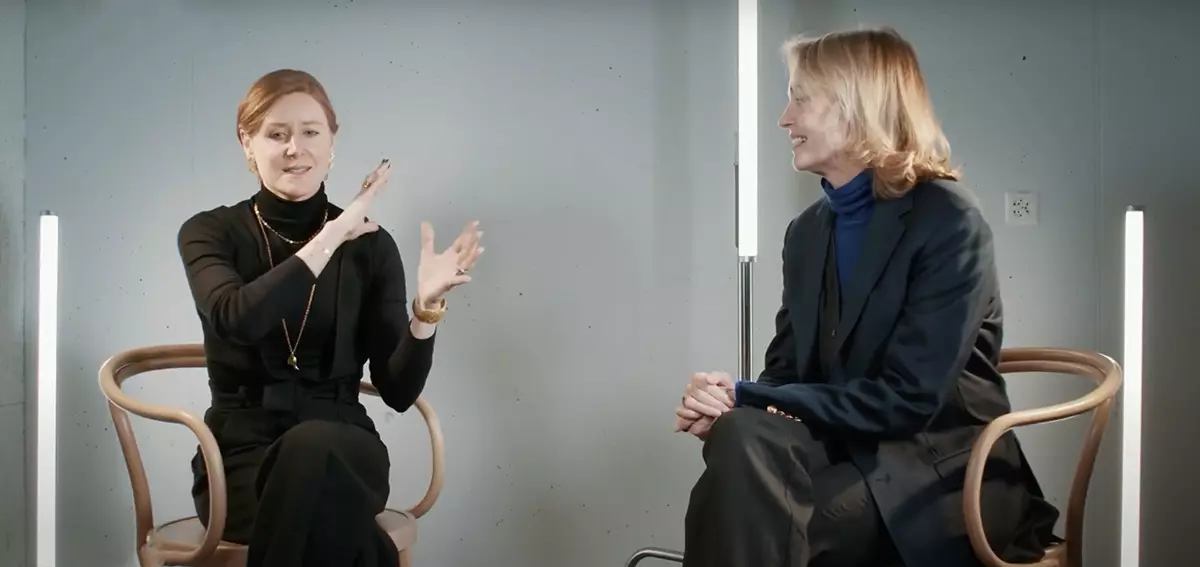Ideas and stories
InTent opens an empowering space where bold ideas can emerge and grow. We share and amplify science-based knowledge and frameworks, stories that redefine success and ideas that drive business transformation.
In conversation
Make nature count
Putting nature on the balance sheet: a CFO’s next frontier
Katell Le Goulven interviews Capitals Coalition’s Tim Polaszek on turning nature risks and dependencies into financial reality. How should business account for its most important supplier—the natural world? For decades, nature has been treated as an externality, its degradation hidden in the footnotes of corporate reports. But as biodiversity loss accelerates and ecosystem services wobble, ignoring nature’s contribution looks less like an oversight and more like a looming liability.
12 min. read
In conversation
Value all forms of capital
Innovative Solutions and Investment Opportunities in Sustainable Finance with TNFD
Ahead of Building Bridges, we sat down with Tony Goldner, the CEO of the Taskforce on Nature-related Financial Disclosures (TNFD), to explore how a shared understanding of value, across natural, social, and financial capital, can guide more effective and sustainable decision-making.
5 min. read
In conversation
Fostering bold leadership
From Purpose to Practice: Building Cultures of Regenerative Leadership
In this conversation, Rachel Brooks and André Hoffmann explore the cultural shifts needed to shape regenerative leadership.
8 min. read

In conversation
Fostering bold leadership
Shifting Paradigms: A Conversation on Systems Change and Resilience – with Nora Wilhelm
In the following interview, InTent asked Nora Wilhelm about her journey, what led her to systems change, why she founded Parayma, and how she stays resilient in the face of the adversity inherent in changework.
6 min. read
In conversation
Make nature count
Regeneration: Going Beyond Sustainability
In this article, InTent sheds light on one of our partners’ approaches – Unearthodox – who support bold ideas that help all life on earth to thrive.
5 min. read
In conversation
Fostering bold leadership
How to equip leaders to integrate climate, nature, and people into business strategies?
InTent has asked Business Schools for Climate Leadership (BS4CL) to share their views on the future of business education and their plans to accelerate the sustainability transition on campus and beyond.
5 min. read
In conversation
Value all forms of capital
Can accountants save the world?

4 min. read
In conversation
Make nature count
How the insurance industry can help reverse nature loss
InTent has asked Butch Bacani, UNEP’s Head of Insurance, to explain the fundamental role insurers could play in reversing nature loss and bridging the financing gap for nature.
12 min. read

Programme
Fostering bold leadership
InTent Internship Programme (#IIP)
The IIP connects impact-driven Bachelor, Master, or MBA students from leading universities with Startups and NGOs innovating for a fairer, nature-positive and more resilient world, e.g. in the space of cleantech, circular economy, biodiversity, and education.
5 min. read

In conversation
Make nature count
Funding nature’s recovery is a business imperative

6 min. read

In conversation
Fostering bold leadership
The dawn of the nature-restoration industry

5 min. read
In conversation
Value all forms of capital
Reforming environmentally harmful subsidies, a game of profit and power?
InTent has interviewed Sandrine Dixson-Declève to better understand this highly political topic of environmentally harmful subsidies and the actions needed to reform them.
6 min. read